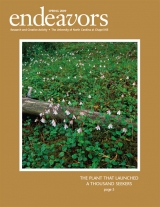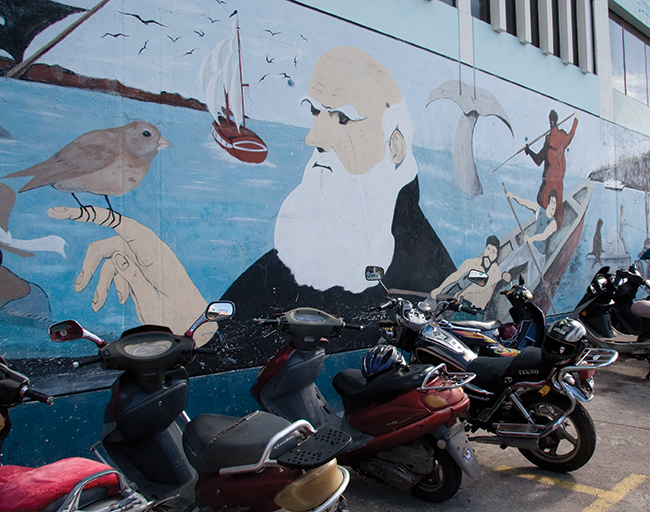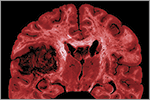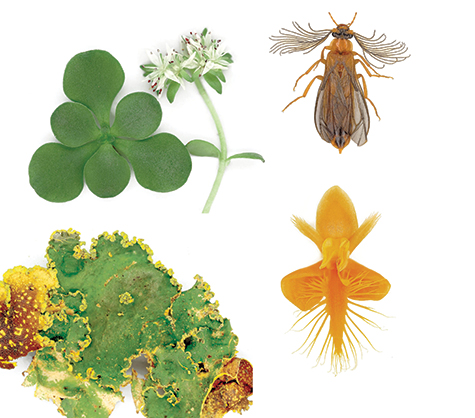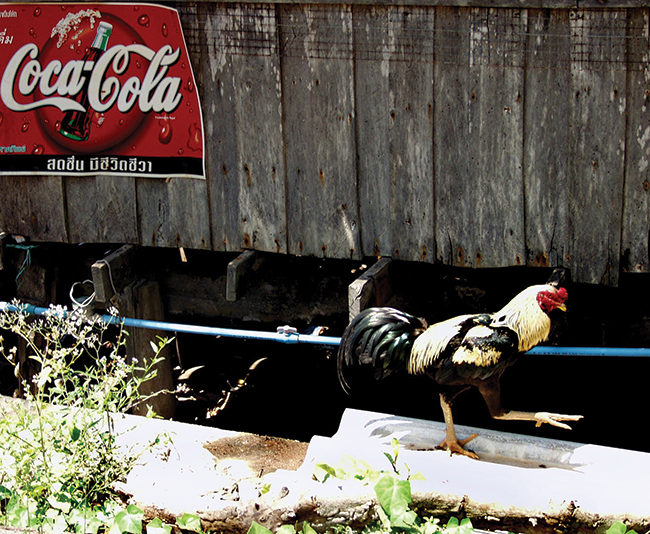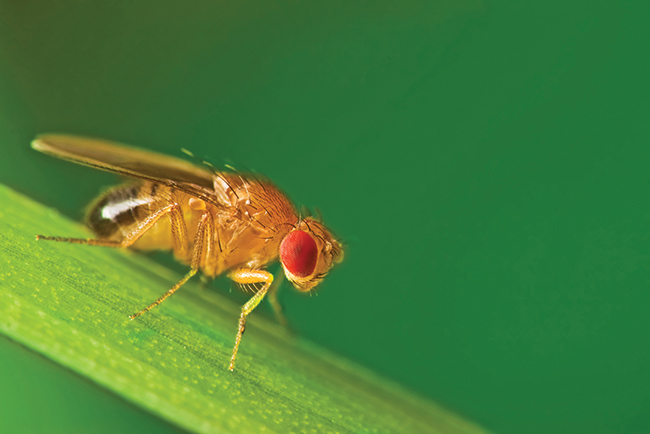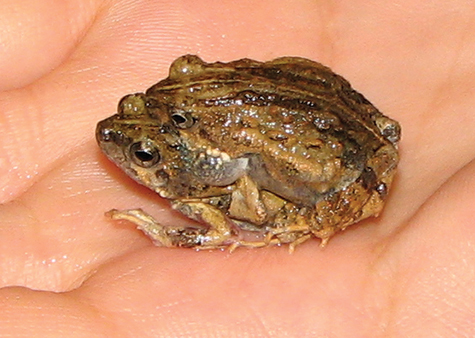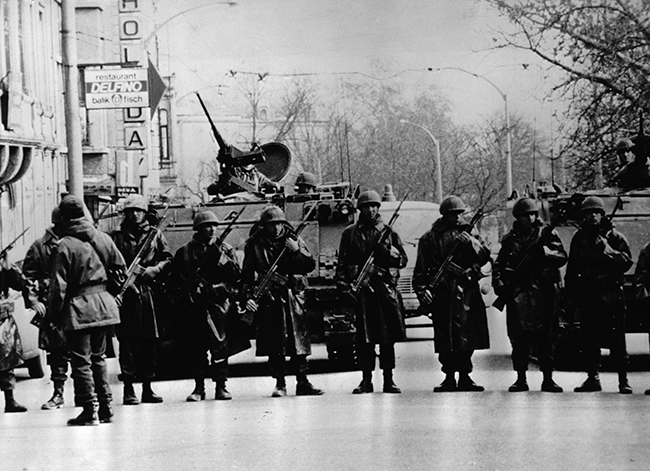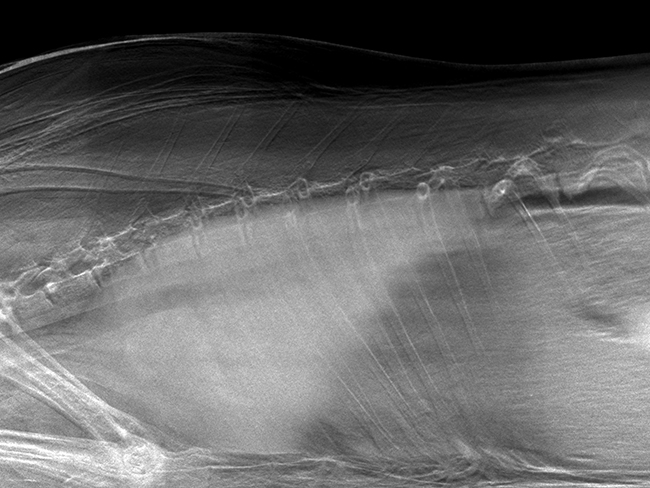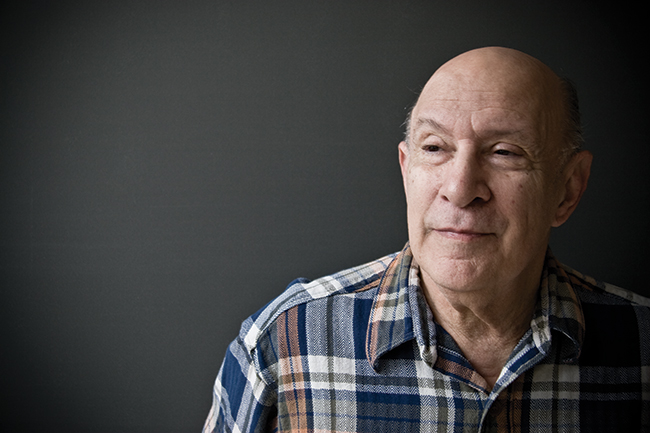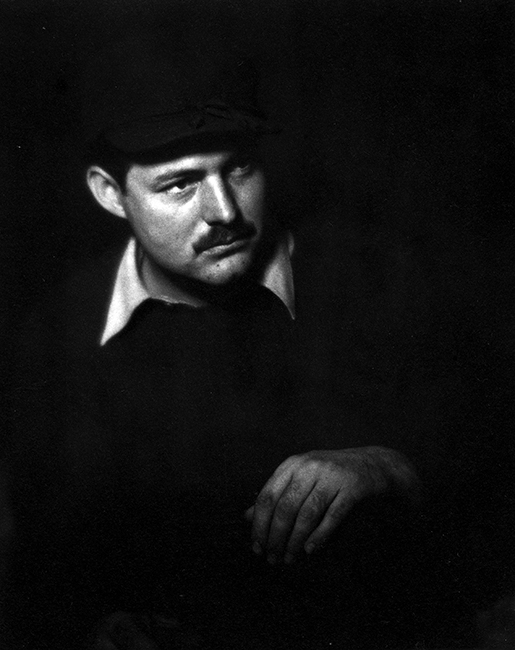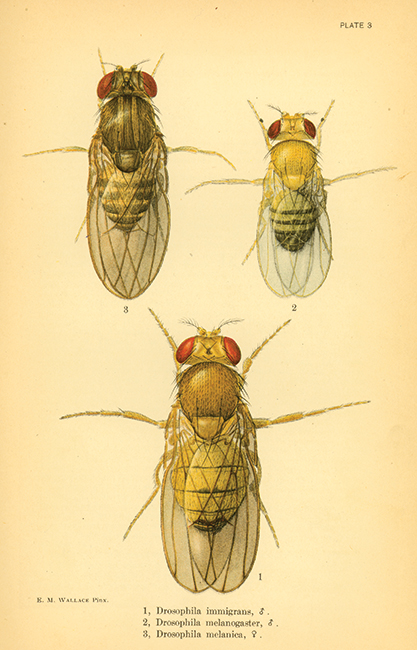Welcome
Welcome from the Editor
Early this spring, on the two hundredth anniversary of Charles Darwin’s birth, I flipped a kayak in the cold, choppy waters of Academy Bay, one of Darwin’s ports of call in his year-long exploration of the Galapagos Islands.
Features
Zena's Arctic Adventure
In this personal essay, Zena Cardman — now a NASA astronaut — recounts her time conducting research as an undergraduate on Axel Heiberg Island, located in the Qikiqtaaluk Region of Canada.
Targeting Tumors
Treating certain kinds of life-threatening cancer is like shooting in the dark. That’s because oncologists don’t know all the genetic abnormalities that underpin the disease. UNC scientists are now part of a nationwide effort to understand all the genetic changes that occur in certain types of cancer. Their assignment: brain tumors.
Every Living Thing
The Smokies are full of biologists these days. Peter White’s quest for twinflower has led to a whole lot more.
What's Stopping Bird Flu's Big Step?
Bird flu is a danger wherever people mingle with birds and fowl, especially in crowded, unsanitary conditions. For years, the H5N1 bird flu has been considered an imminent threat to public health because it can jump from birds to humans. Ray Pickles is trying to learn what could prevent H5N1 from taking the next step — jumping from human to human — and becoming the next pandemic.
Fly Club
Why does the fruit fly have so many fans? This little bug is a workhorse of science.
Frogsong
Can warty mating calls help us learn how communication evolves?
How Will Turkey Turn?
A daughter sees her country’s fearful history through her mother’s eyes.
No Place Like It
How do sea turtles and other migratory marine animals find home again?
Overview
Beating The Clock On Cancer
When it comes to treating cancer, timing is everything — early detection, precise dosing schedules. But time of day? Aziz Sancar thinks that the susceptibility of tumors to anticancer therapy depends in part on the biological clock, the body’s daily timekeeping mechanism.
Low-dose X-rays
A team led by Etta Pisano has developed a new x-ray machine that captures higher-quality images and emits less radiation.
Predicting A Breast Cancer's Aggression
Women diagnosed in any stage of breast cancer will soon be able to get a more comprehensive test that will help doctors plan their treatment. Developed by Charles Perou and colleagues, the test predicts the aggressiveness of breast tumors and anticipates how cancer will respond to chemotherapy.
SARS, Before Its Big Leap
Ever since the SARS outbreak of 2002, scientists have been trying to trace the history of the SARS-causing virus. Now virologist Ralph Baric has built a bat virus that simulates what the strain probably looked like just before it made the leap to infect humans.
In Print
The War on Drugs: A Losing Proposition?
Even after we’ve spent about $44 billion a year, drug supply and use in the United States have not gone down.
Hemingway, Line By Line
I was once a member of what Joe Flora says is the Dumb Ox school of thought — the idea that Hemingway was just a big galoot who was too macho for his own good, and a ham-handed writer to boot. But reading “Men Without Women,” Hemingway’s second major collection of short stories, changed that.
Endview
Drosophila drawings
This image is from The North American Species of Drosophila by Alfred H. Sturtevant, with drawings by Edith M. Wallace. It was published in 1921 by the Carnegie Institution of Washington (now the Carnegie Institution for Science).


